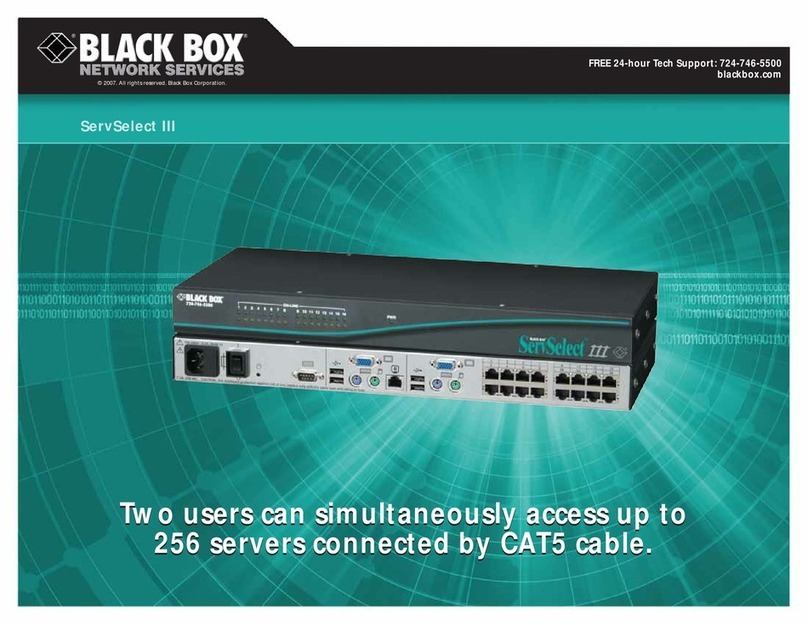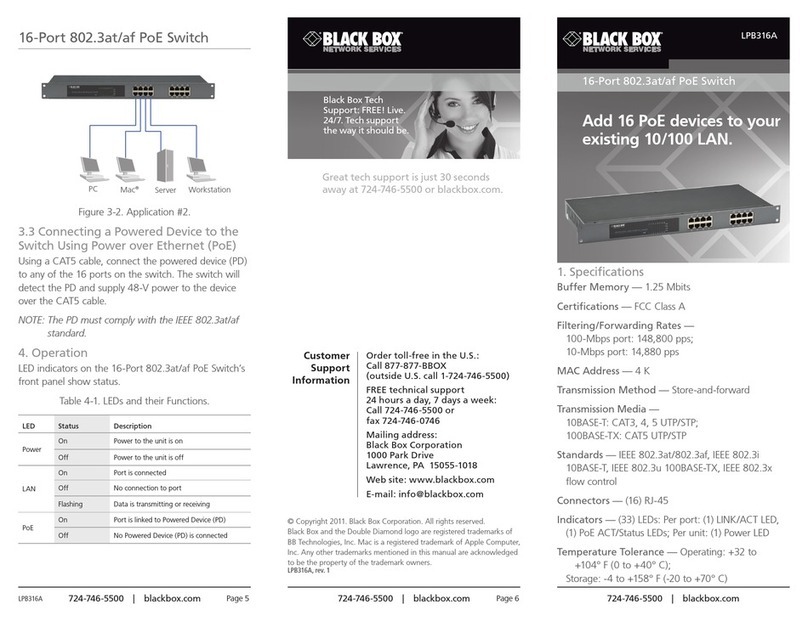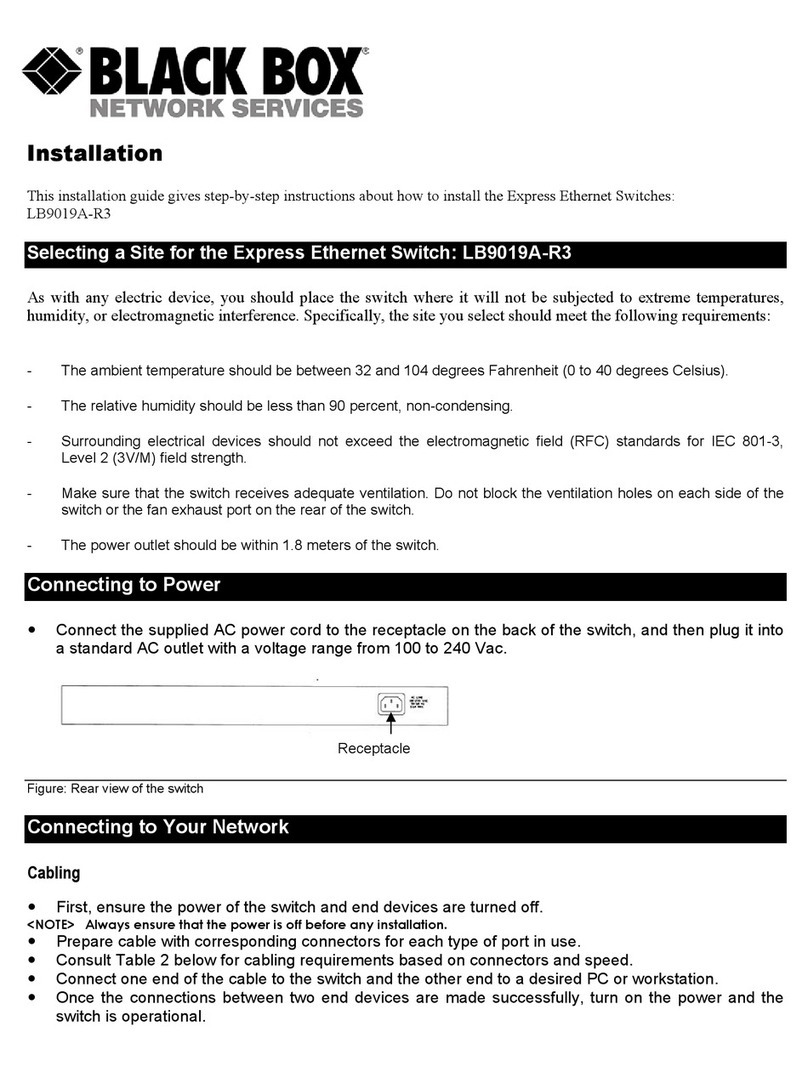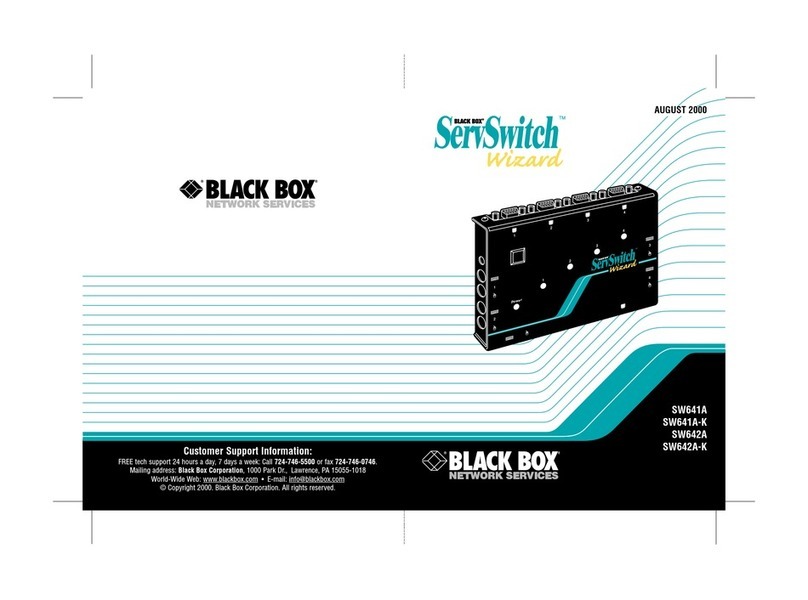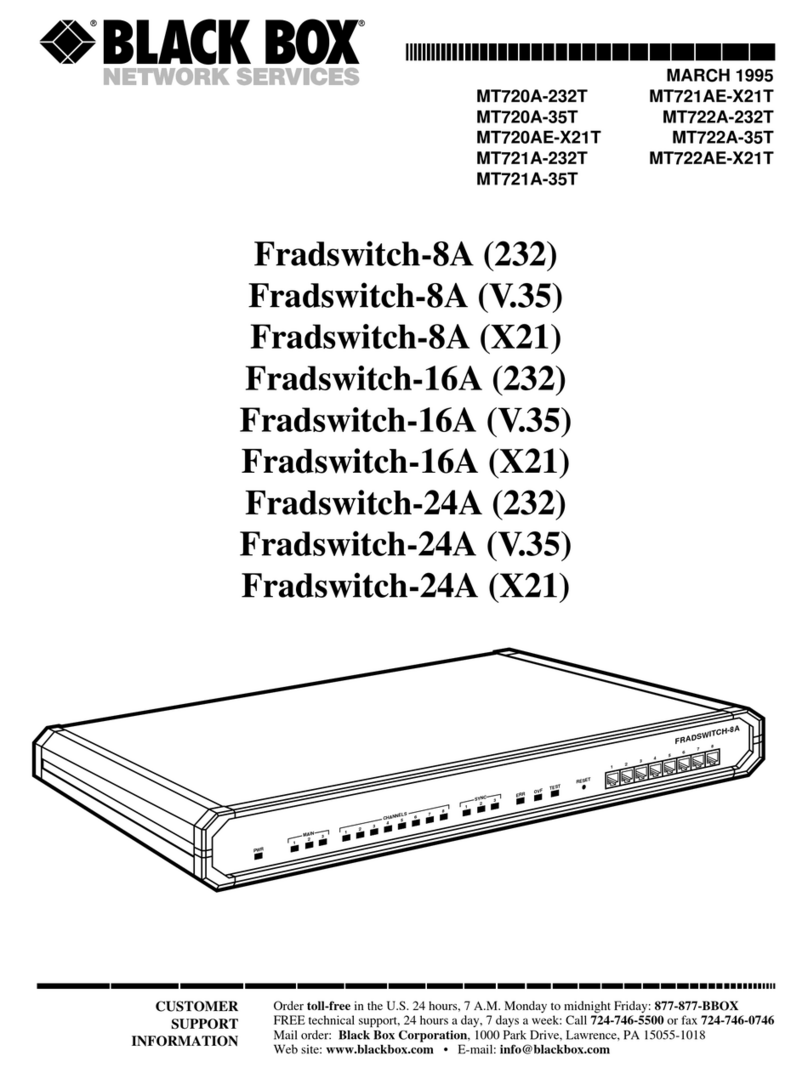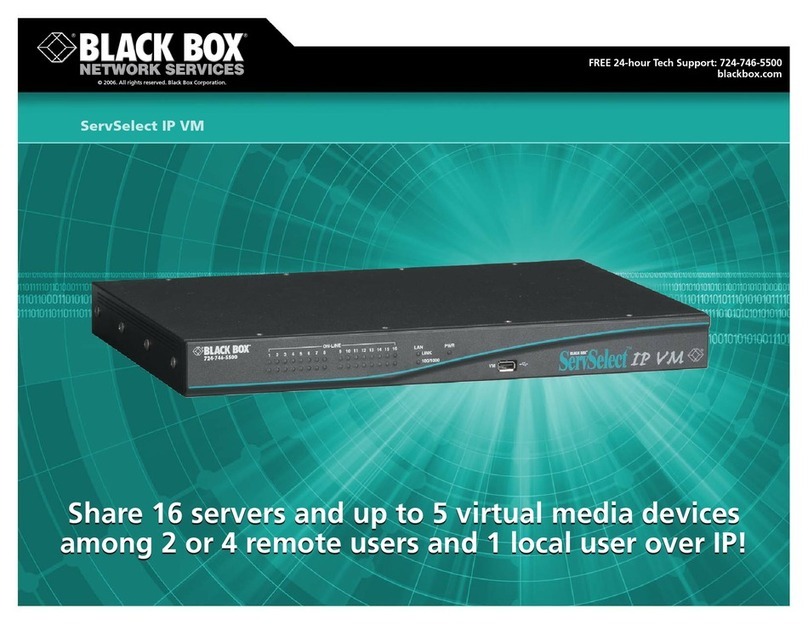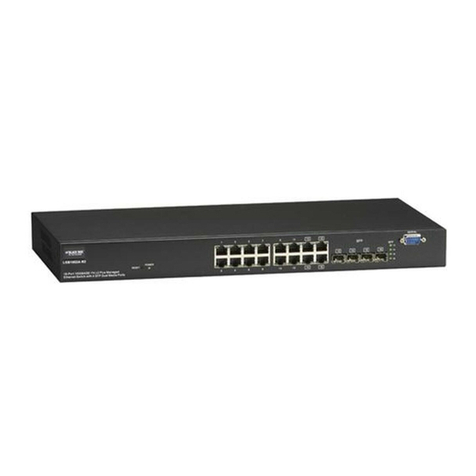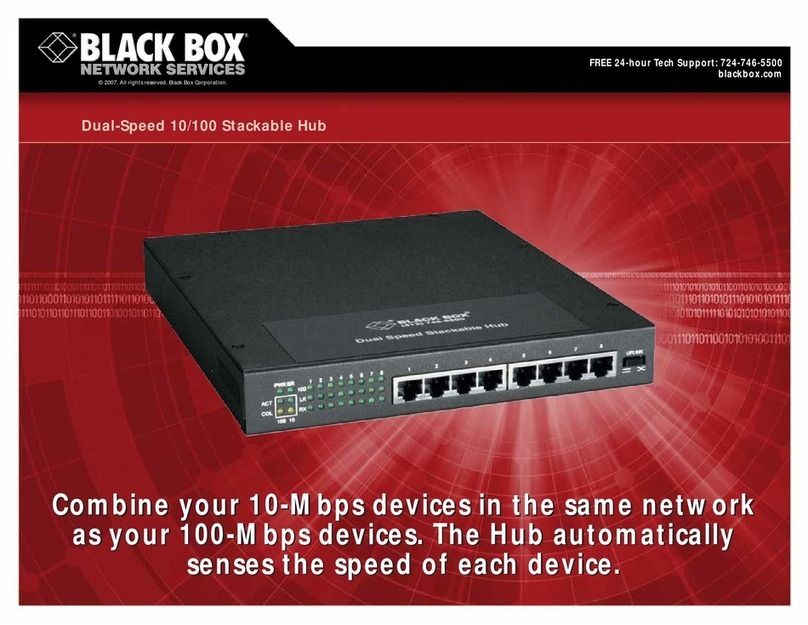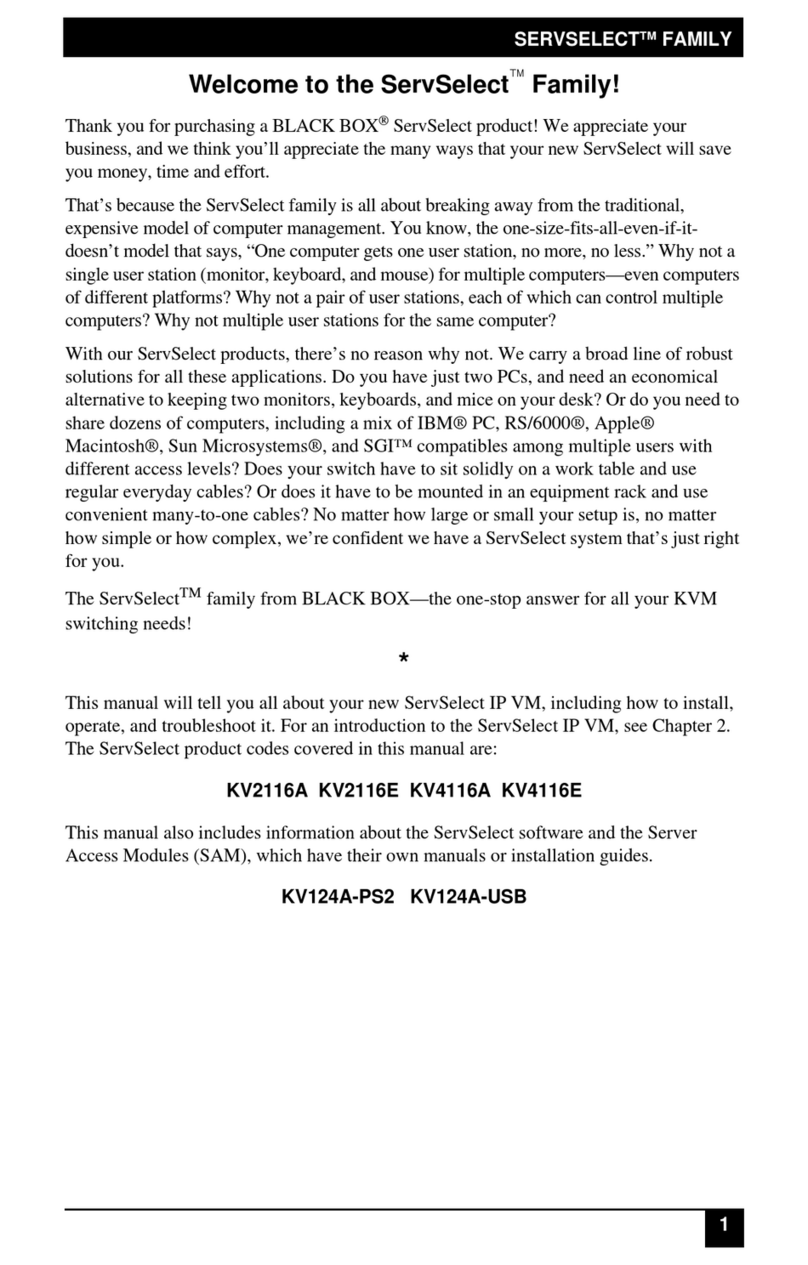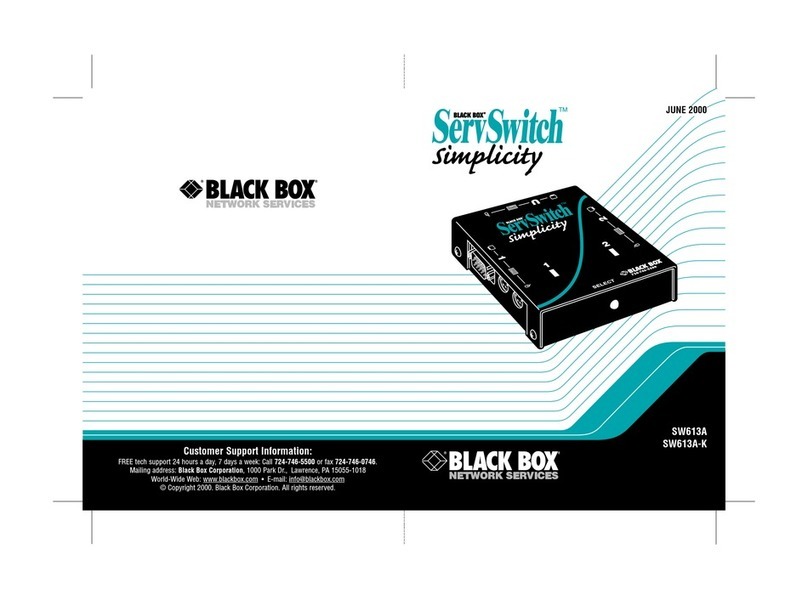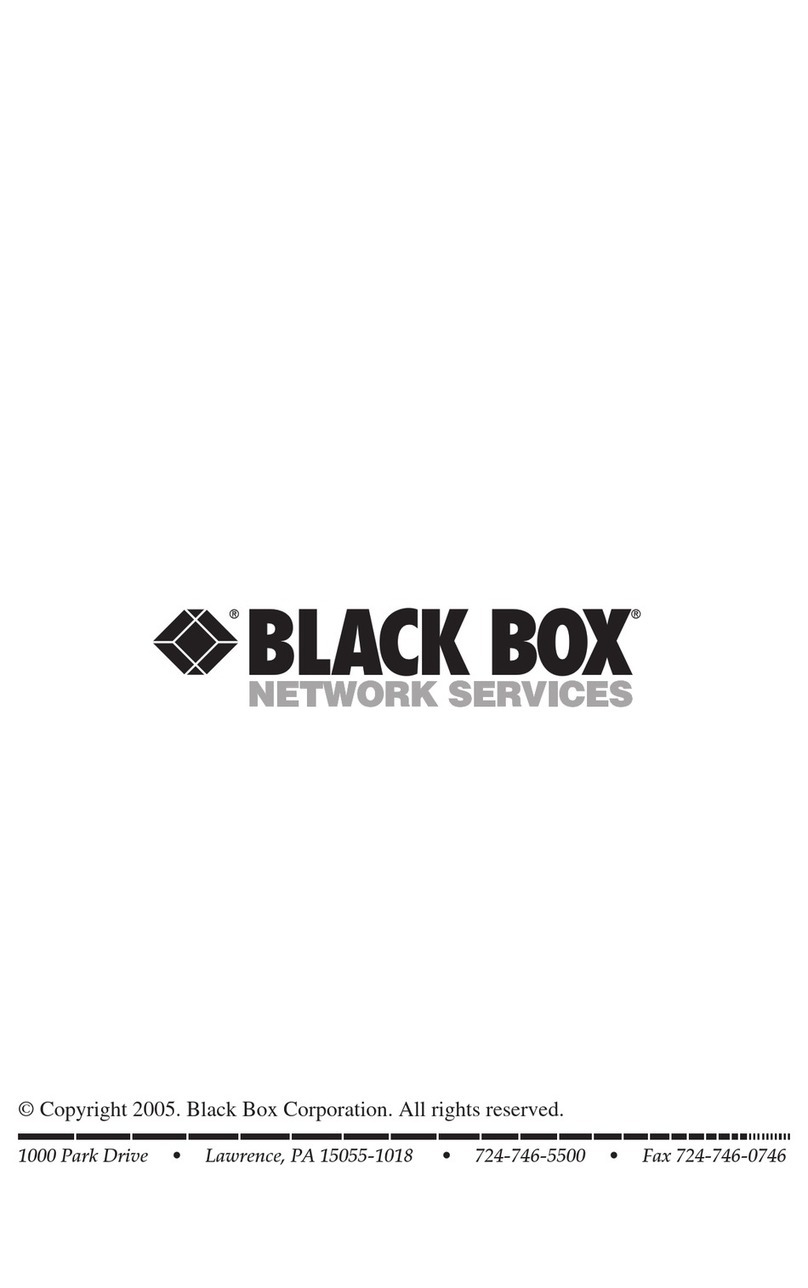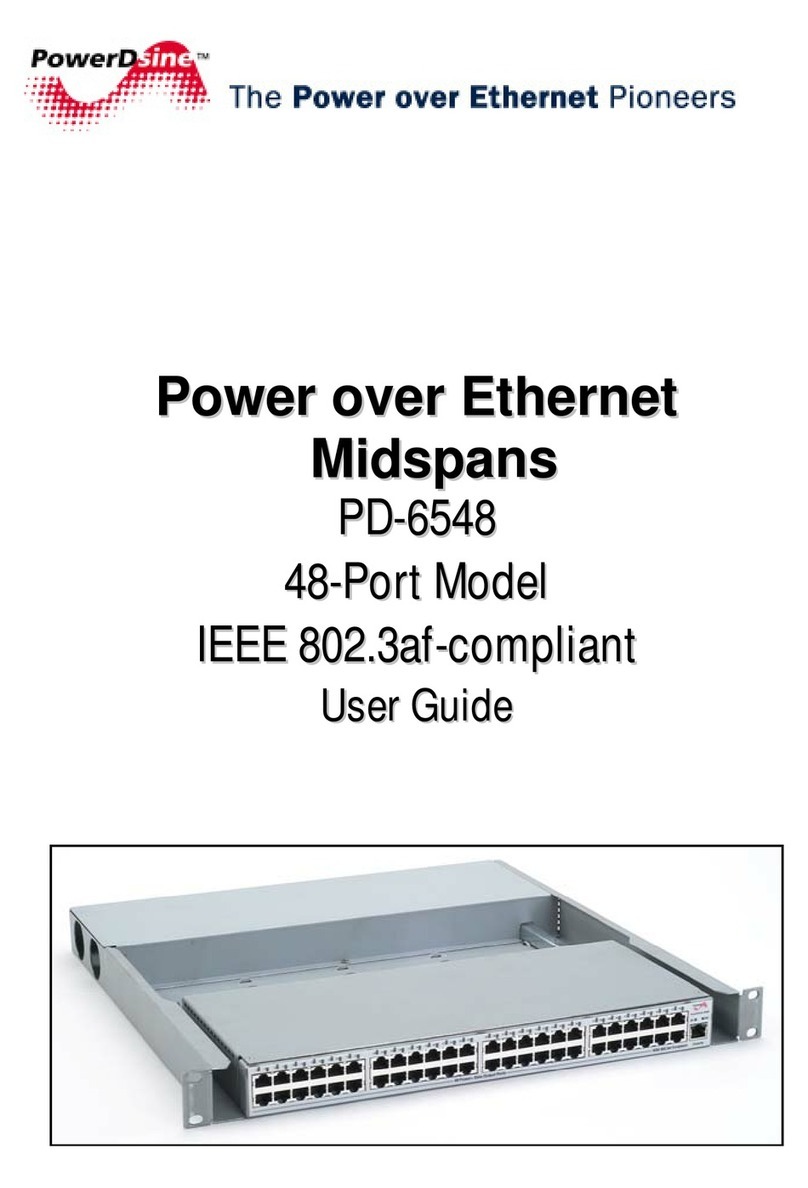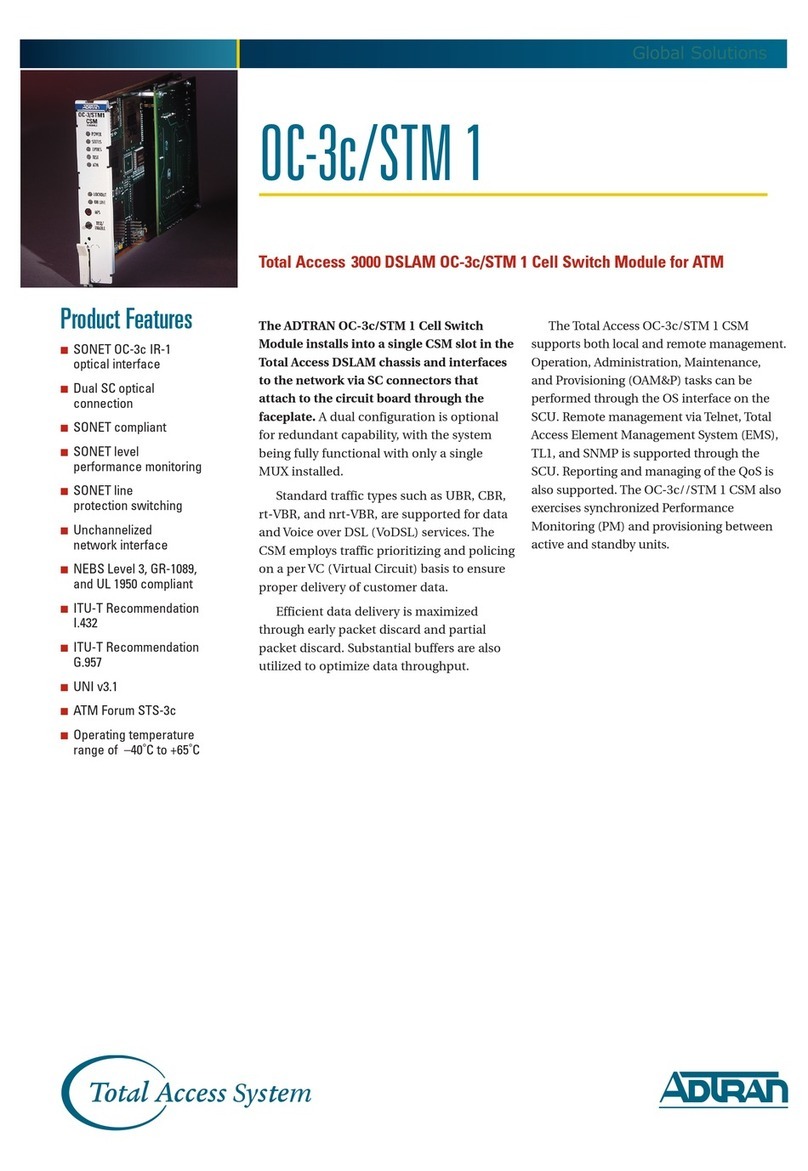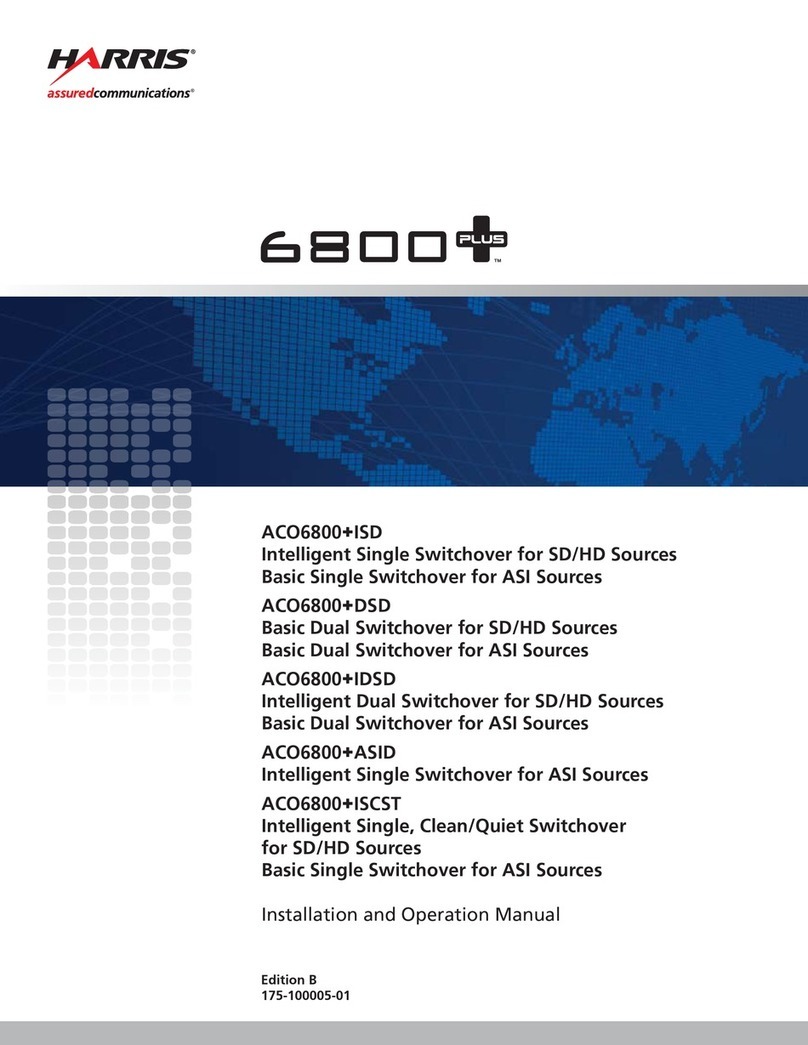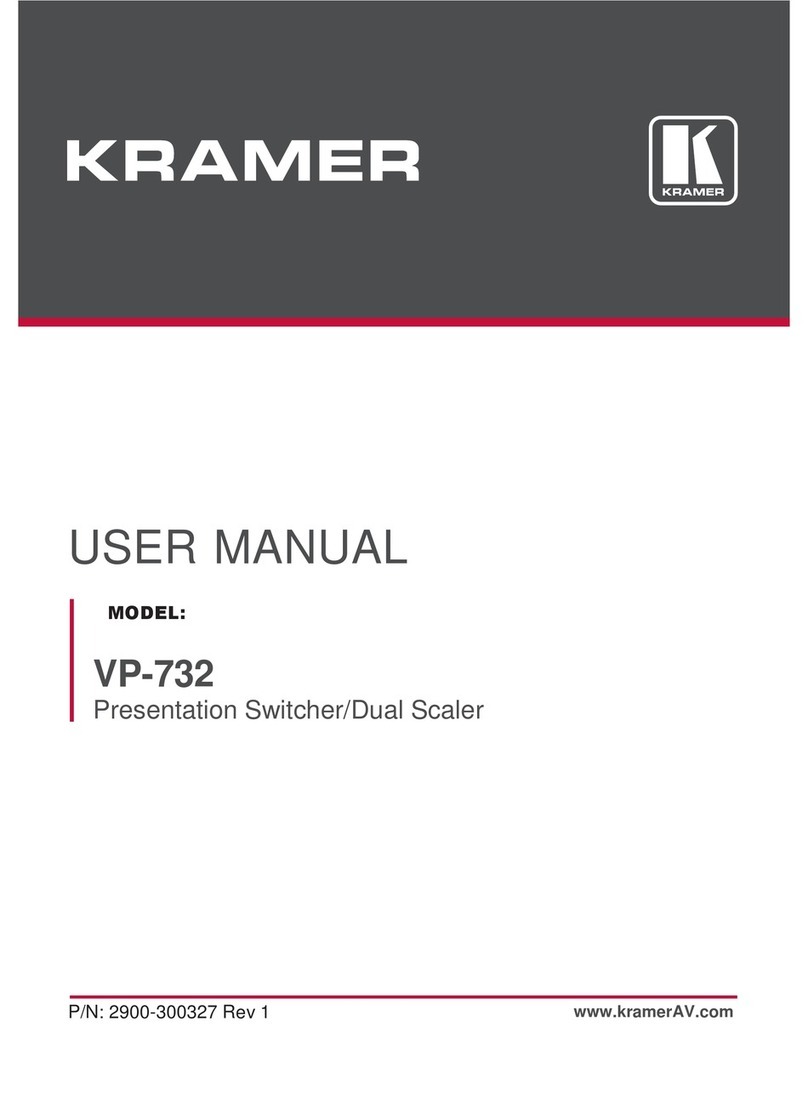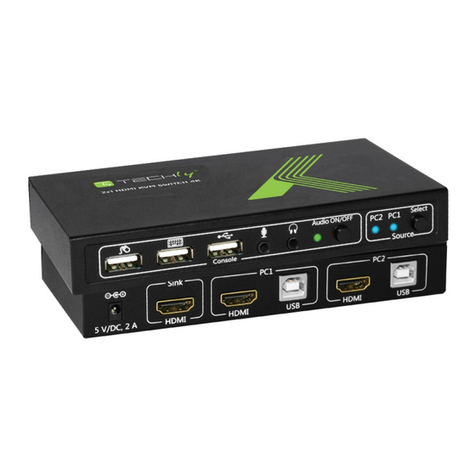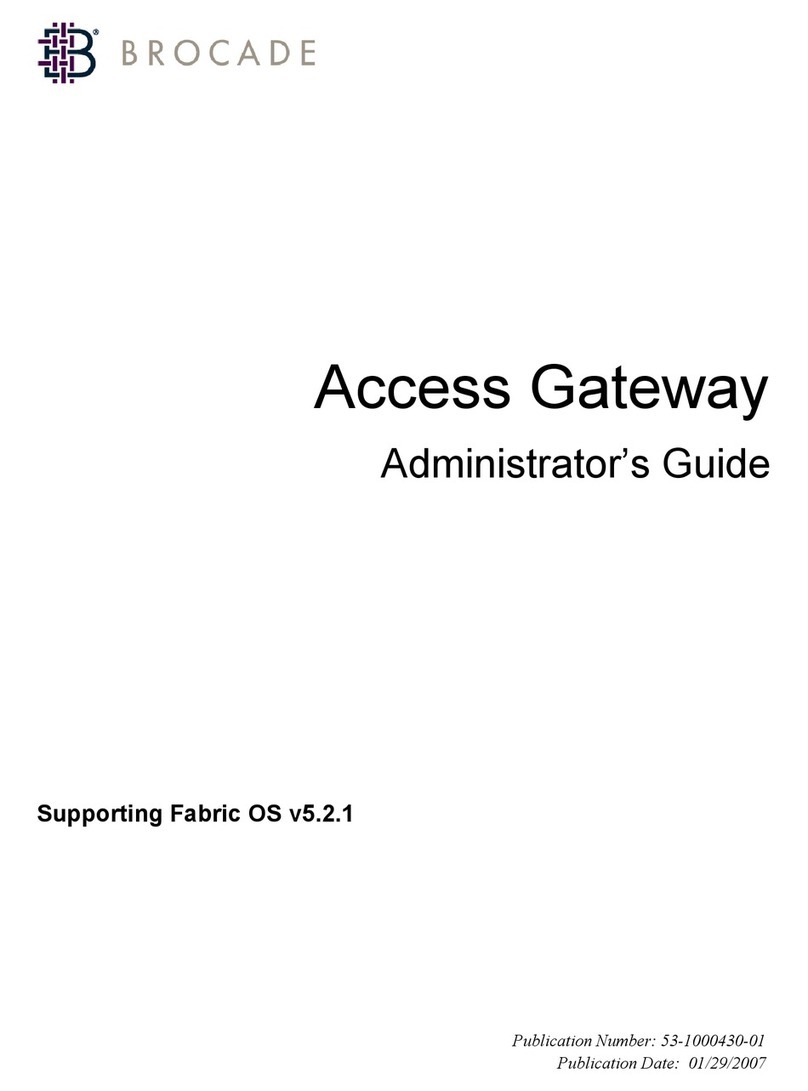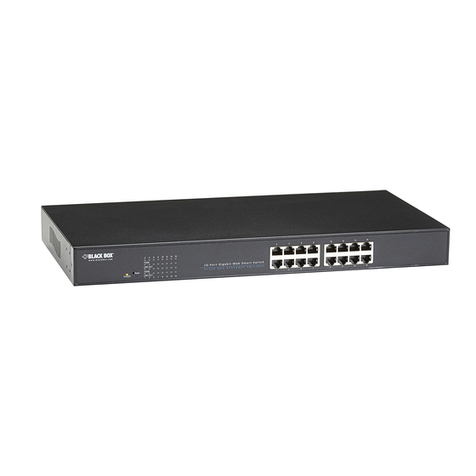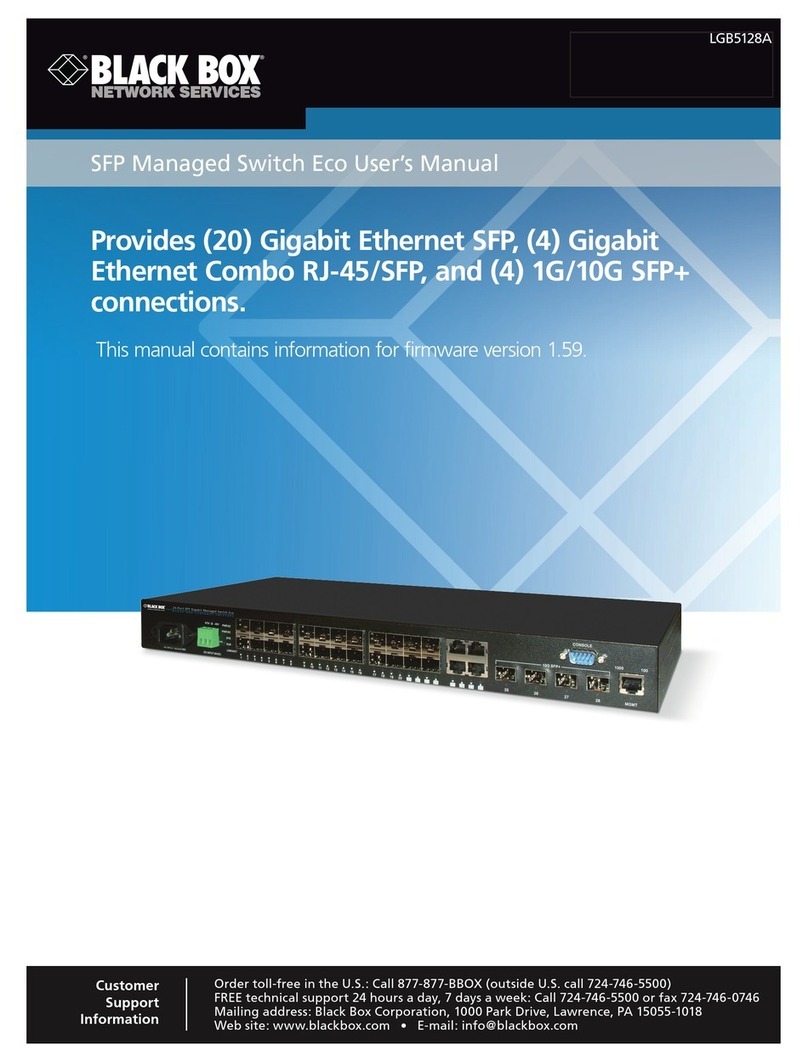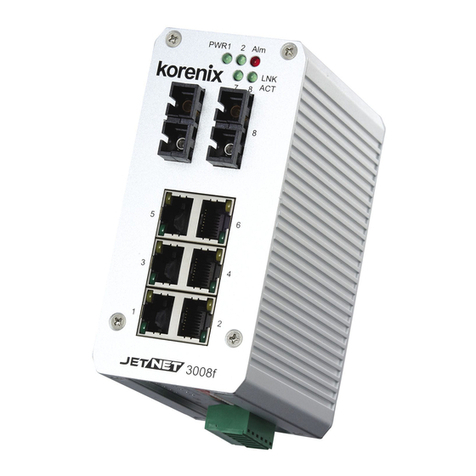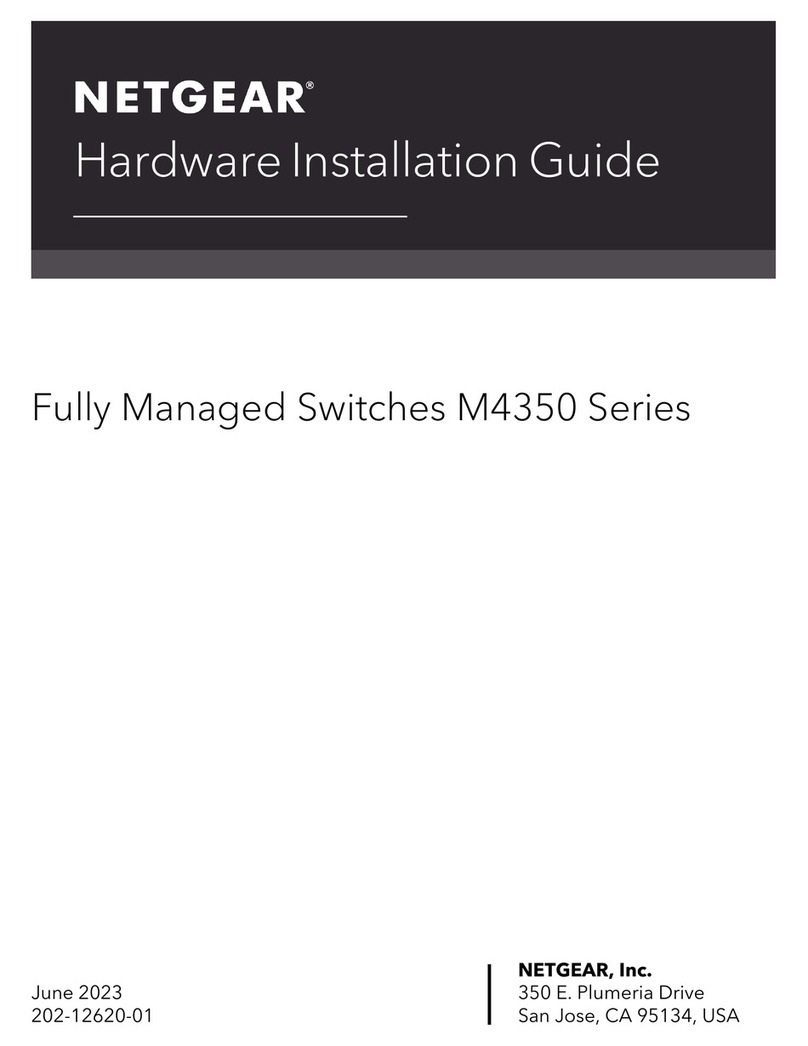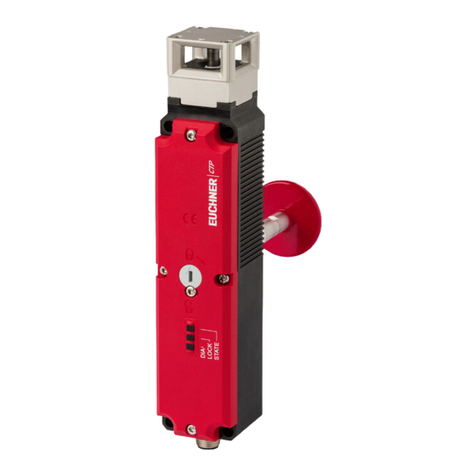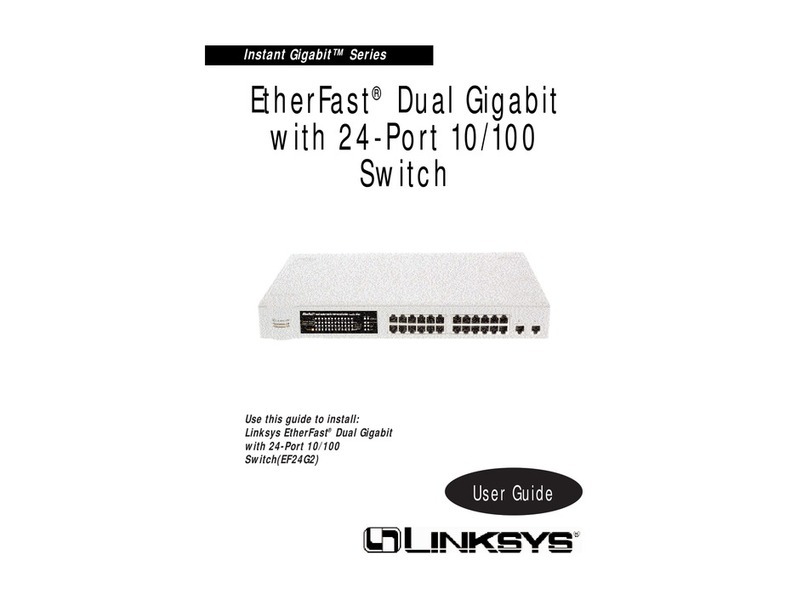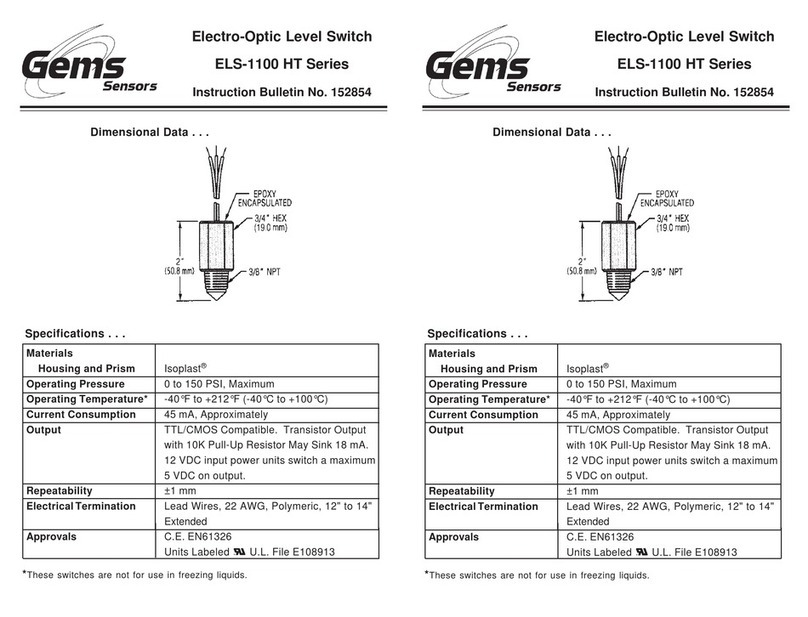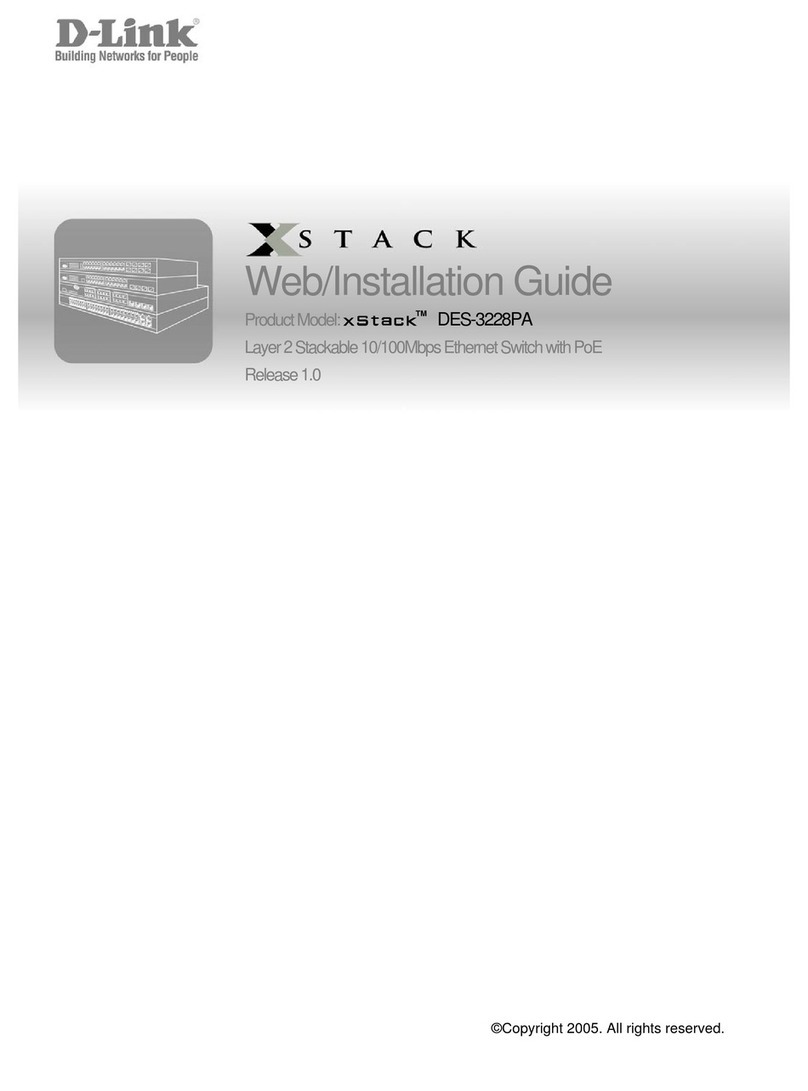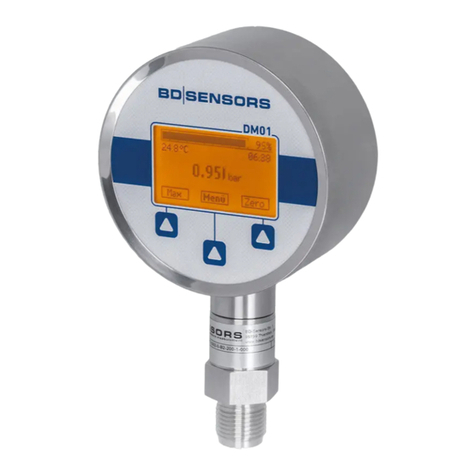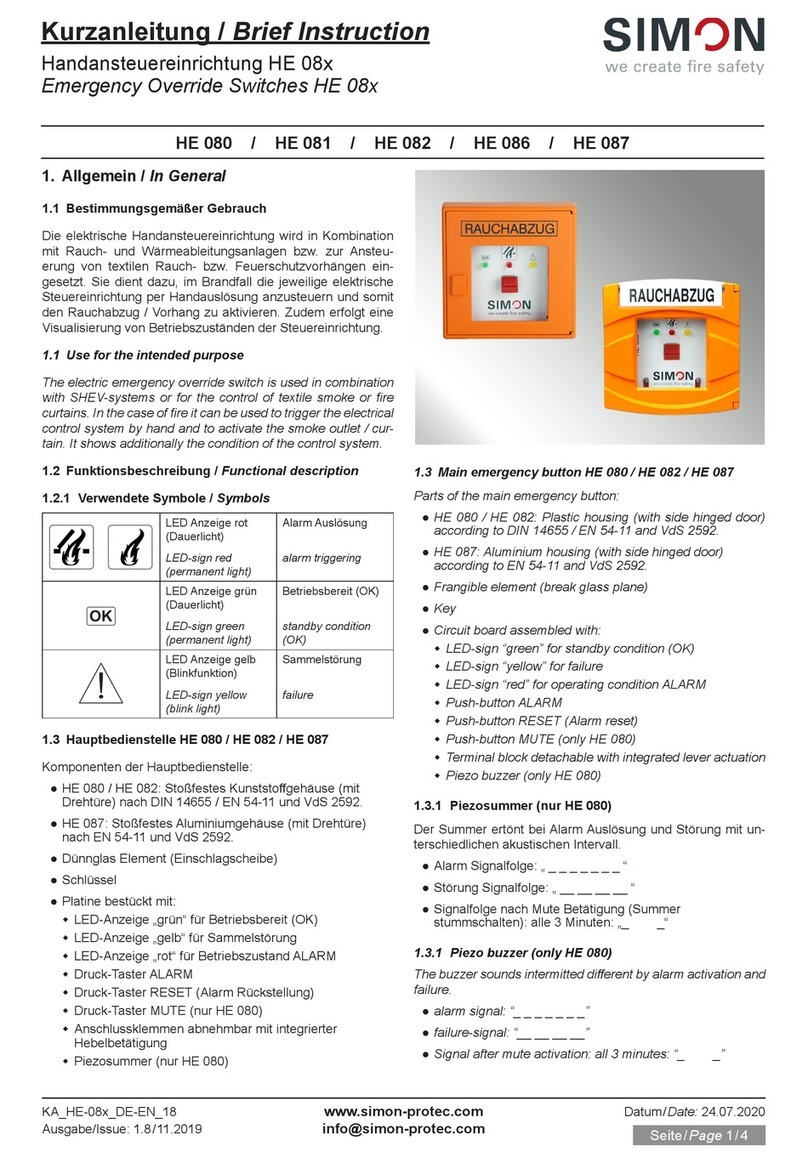2
Ordering Information
ITEM CODE
Smart Lobe Access Units (RJ-45)
2-Port
U P..................................................................L 0007A-2U
4-Port
U P..................................................................L 0007A-4U
S P ...............................................................L 0007A-4SU
You may also need...
Unshielded wisted-Pair Patch Cables (U P)
with Molded Boots, 568B, 4-Pair, RJ-45, CA 5e, PVC
Stranded, Beige..................................................EVNSL25E
Shielded wisted-Pair Patch Cables (S P)
with Snagless Boots, 568B, 4-Pair, RJ-45, CA 5, PVC
Stranded, Gray ......................................................EVNSL60
AboutTokenRing
oken Ring was developed in
the early 1980s by IBM®. In 1985,
the IEEE released document
number 802.5, which formally
accepted oken Ring as a
standard. Although its popularity
has been eclipsed by Ethernet,
oken Ring is nonetheless a
robust networking standard and is
still operating reliably in many
legacy networks.
oken Ring is most often used
in IBM mainframe environments.
IBM provides oken Ring
connections on much of its
mainframe computer hardware,
and its software enables PCs and
mainframes to act as peers on the
same network.
he name “ oken Ring“ is
somewhat misleading. Although
its name implies a physical ring
shape, oken Ring is actually a
star-based topology. Logically, the
network operates as a ring—
“tokens“ bearing information are
passed from node to node until
the token travels completely
around the ring.
oken Ring networks are
interconnected via passive and
active hubs called Multistation
Access Units (MAUs). MAUs are
the fail-safe components of oken
Ring networks. If a cable or a
connection goes bad, the MAU
will drop that node from the ring.
his fail-safe hub arrangement
prevents a break from taking
down the entire network. Ring-
in/ring-out ports in each MAU can
be used to connect a ring to other
rings.
oken Ring repeaters are used
to extend distances within a ring.
Repeaters can increase either
main-ring or lobe lengths in a
oken Ring LAN. he main-ring
length is the distance between
MAUs. he lobe length is the
distance from MAU to
workstation.
Token Ring cabling
he original oken Ring
specifications called for shielded
twisted-pair (S P) cable using
either a DB9 connector or a
unique square connector called
the IBM data connector. Later,
oken Ring was adapted to use
conventional unshielded twisted-
pair (U P) cable with RJ-45
connectors. he most common
kinds of oken Ring cabling in use
to day are ype 1 and ype 6 S P
as well as ype 3 U P.
ype 1 shielded twisted-pair
(S P) cable is the original wiring
for oken Ring. In ype 1 cabling,
each wire is constructed of 22
AWG solid copper. ype 1 cable is
not as flexible as ype 6 cable and
is generally used for long runs in
areas where twists and turns are
less likely, such as in walls or
conduits.
ype 6 oken Ring cable is a
lighter, more pliable version of
ype 1 cable. It’s constructed of
two stranded 26 AWG copper
pairs that are surrounded by an
overall braided shield. ype 6
cable is commonly used in offices
and open areas, and its flexible
construction enables it to
negotiate multiple twists and
turns.
ype 3 or U P oken Ring
cabling uses the same twisted-
pair CA 3, CA 5, or CA 5e
cabling with RJ-45 connectors as
10BASE- Ethernet.
Attaching older ype 1 oken
Ring to U P oken Ring requires a
balun or adapter.
Two peed
oken Ring operates at either
4 or 16 Mbps. While you can mix
speeds within one network, each
individual ring can operate at just
one speed. Simply put, you cannot
have 4- and 16-Mbps devices
operating in one ring.
Migrating from Token Ring to
Ethernet
Although it’s proven to be
reliable and fault-tolerant, oken
Ring has largely been supplanted
by Ethernet, and oken Ring
network devices are no longer
widely available. Additionally,
Ethernet LANs are less expensive
to build and operate than oken
Ring, Ethernet can provide far
greater bandwidth, and many
networking products simply do
not support oken Ring at all. he
sad reality is that oken Ring is
dying. Even IBM has walked away
from this standard.
For these reasons, system
administrators usually choose to
migrate their legacy oken Ring
networks to Ethernet by adding
new network segments as
Ethernet rather than oken Ring.
here are three different ways
to move from oken Ring to
Ethernet by interconnecting the
networks. he method you
choose depends on whether
you’re connecting a LAN or a
WAN and how much you want to
spend.
Keep in mind that no matter
how you connect the two
networks, they both must use the
same protocol. In other words,
they must speak the same
language, such as IP or IPX™.
An economical way to
combine Novell®IPX based oken
Ring and Ethernet networks is to
have them share a server. Just
install either a oken Ring NIC in
the Ethernet server or an Ethernet
NIC in the oken Ring server.
hen change the server’s
configuration to enable the
internal router program. While
this method is low cost, it adds
traffic and overhead to the server,
which can decrease overall
network performance.
An easy, standalone hardware
solution is to simply use an
Ethernet to oken Ring bridge
such as a BLACK BOX®Ethernet
to oken Ring Adapter (LBU9001-
US, LBU9002-US). Just connect
the bridge to your oken Ring
MAU and your Ethernet hub and
make sure that both networks
have the same network
identification— in essence, they
will become one logical network.
Also, since this is a solution for
LANs, both networks must be
close to each other.
Another choice for connecting
oken Ring and Ethernet is to use
a router to connect the two
networks over a wide-area link.
he router enables each network
to maintain its own unique
network identifier.




